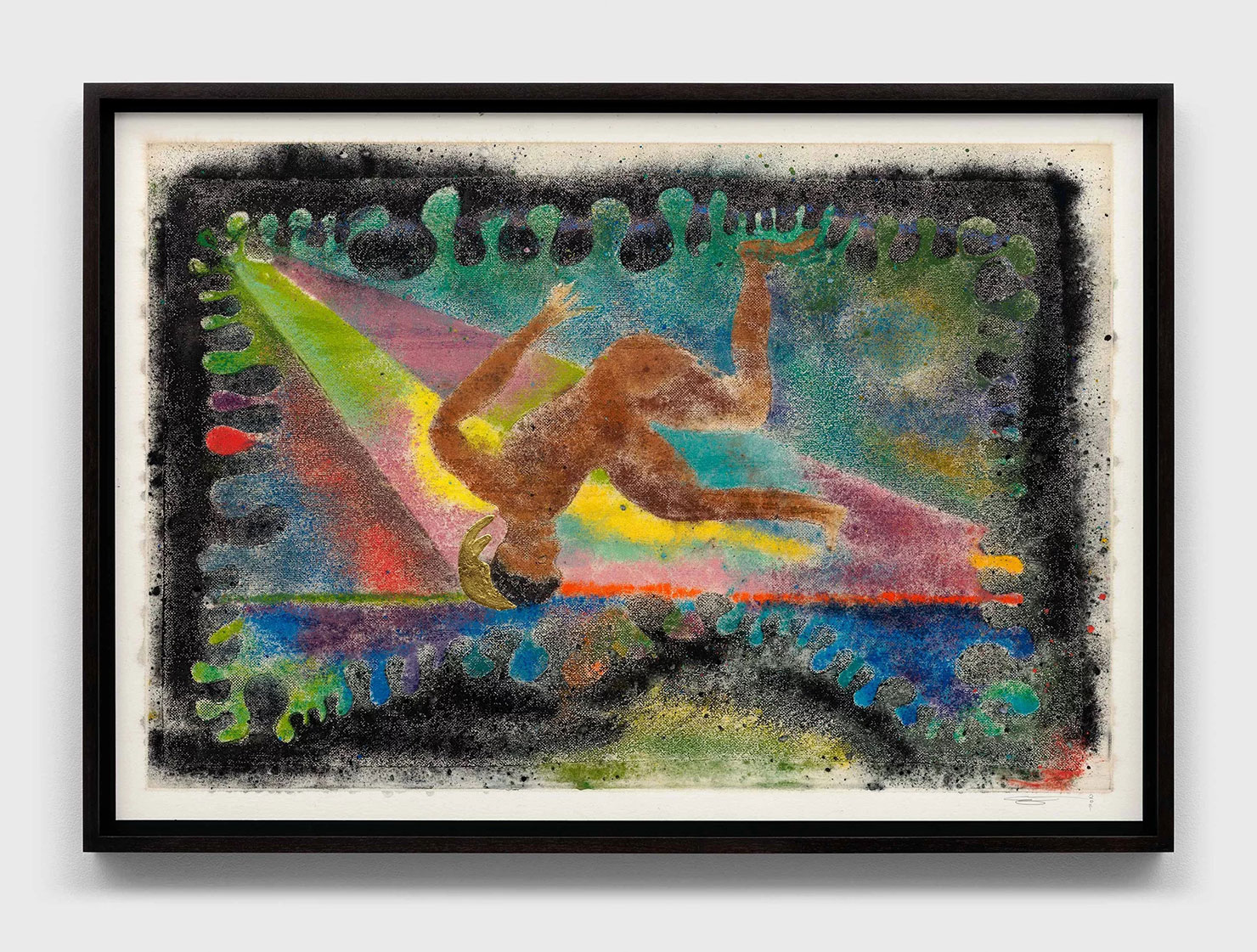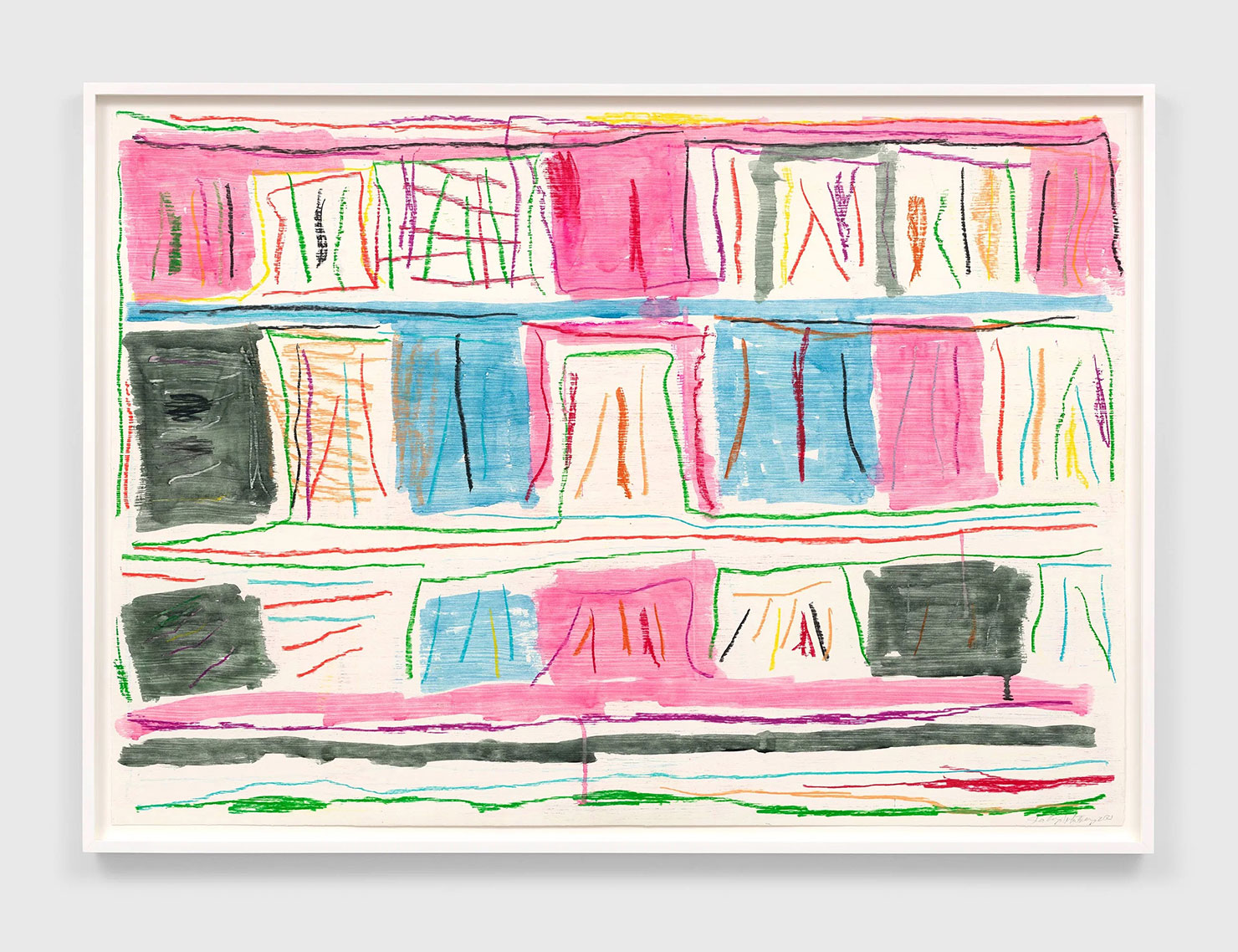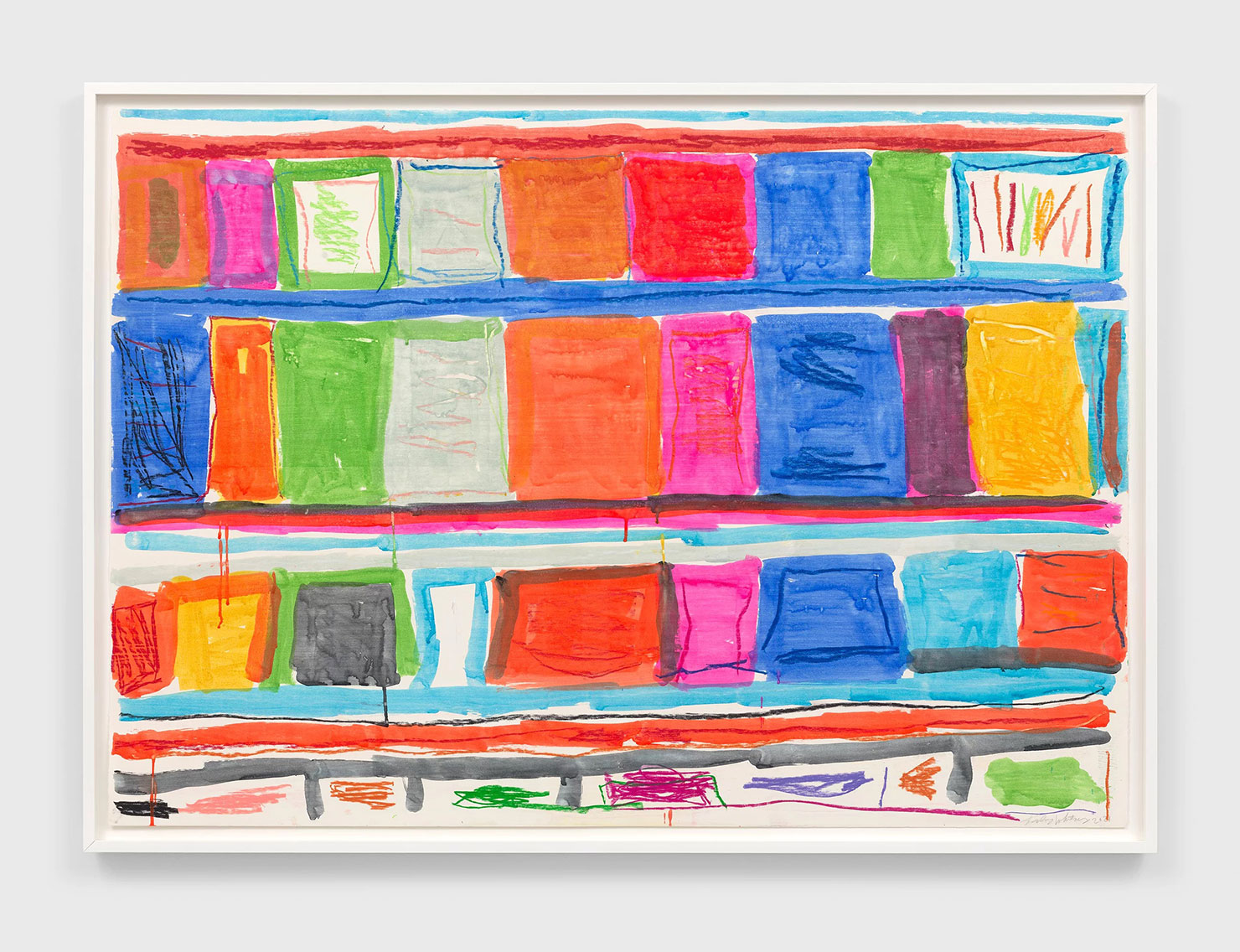ART CITIES: N.York-Unrepeated Unique Prints from Two Palms
 Founded by David Lasry in New York City in 1994, Two Palms works with some of the world’s most celebrated contemporary artists to publish prints and sculpture multiples in its studio and showroom in SoHo. Two Palms upends codified notions of what a print could or should be, utilizing a constantly expanding roster of tools and technologies, while nurturing an expertise in traditional techniques such as intaglio and the nearly lost medium of the Woodburytype.
Founded by David Lasry in New York City in 1994, Two Palms works with some of the world’s most celebrated contemporary artists to publish prints and sculpture multiples in its studio and showroom in SoHo. Two Palms upends codified notions of what a print could or should be, utilizing a constantly expanding roster of tools and technologies, while nurturing an expertise in traditional techniques such as intaglio and the nearly lost medium of the Woodburytype.
By Dimitris Lempesis
Photo: David Zwirmer Gallery Archive
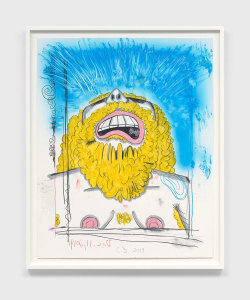
“Unrepeated: Unique Prints from Two Palms” is an exhibition of recent unique prints made at the visionary print studio Two Palms shown at David Zwirmer Gallery. Each of these prints is entirely unique, a result of the artists curiosity, engagement, and experimentation with the medium. In some cases, the image is transferred from one smooth surface to another, pulling the pigment onto the paper and resulting in a single, unique print—a monotype. In others, an element of a repeatable image made through traditional printmaking techniques is uniquely colored, drawn, painted, or otherwise altered to create a monoprint. Two Palms has been at the vanguard of experimental printmaking processes since it was established in 1994 by David Lasry in downtown New York. With an array of specialized tools and equipment studio has championed the creation of monoprints and monotypes. Monotypes and monoprints use similar processes resulting in unique prints. A monotype typically involves the simple transfer of an image from one smooth surface to another. Since the initial surface on which the artist creates the image is not etched or otherwise absorbent to ink, the image can only be transferred once. A monoprint is similar, except that the original surface begins with a repeatable image made through traditional printmaking techniques that enable multiples, such as etching, lithography, or silkscreen. The group of watercolor monotypes relates to Dana Schutz’s recent paintings that feature figures in impossible or post-calamitous situations. For Schutz, like many artists, the monotype process is a place to explore new tools, conditions, and happy accidents that later become an integral part of her practice. Artists are often drawn to Two Palms’ rare hydraulic press, which, unlike traditional rolling press, applies vertical pressure as a gesture or drawing tool. For Schutz, the mechanism enables unparalleled layering of color using a process unlike anything she does in her painting studio. Other works are classic examples of Cecily Brown’s highly erotic subject matter in the gestural style for which her paintings are widely acclaimed. They depict an imagined sexual encounter in an interior setting following the scene in Édouard Manet’s “Le Déjeuner sur l’herbe” (1863), referenced by the yellow hat and basket of fruit pictured in that celebrated painting. These monotypes are richly embellished by hand with pastel after printing—the most extensively the artist has ever drawn on her prints. Mel Bochner packs oil paint into deeply engraved acrylic plates, covers them with pulpy paper, and uses the hydraulic press to infuse the paint into the fiber to create a deeply embossed image. The resulting, richly textured works take on the appearance of sculptural reliefs. Much of Chris Ofili’s work since 2010 has addressed themes of transformation that derive from Greek and Roman mythology. To create woodcut monoprints featuring satyrs, archers, and other pseudo-mythological subjects, he uses a microplane to grate pastel pigment onto wood blocks. The image transfers to paper through the magic of Two Palms’ hydraulic press. Ofili says, “The process is liberating because it has no burden of the known.” Ofili’s “Suminagashi” monoprints use the chance effects of a Japanese paper marbling technique to create unique chine collé backgrounds for etchings based on Stéphane Mallarmé’s 1876 poem “L’après-midi d’un faune”. Ofili interpreted Mallarmé’s poem through his own context and surroundings, in colors that reflect the volcanic ash and coral pink sand of Barbados. Stanley Whitney’s monotypes feature his characteristic grid formation, comprising numerous rows of richly colored rectangles arranged loosely within a larger rectangle. The artist applies watercolor and crayon to a smooth wood block, resulting in a wood grain that is faintly visible in the final print. While this process resembles Whitney’s painting practice, he enjoys the immediacy and the call-and-response nature of the monotype process. Elizabeth Peyton’s representation of the Italian Renaissance painter Titian—a recurring subject in her paintings—was made following a pilgrimage to Venice and to the small village where Titian was born. Here, Peyton works with oil paint on Plexiglas, which is then printed on handmade paper in the hydraulic press. After the first printing, the artist returns to the plate and reworks the image that remains. A faint ghost image of the first print resides with newly added marks in the second, a process that often results in unexpected and complex compositions. The group of monotypes exemplifies the distinctive watercolor monotype process that Carroll Dunham pioneered at Two Palms. The works relate to long-standing motifs within the artist’s practice, including wrestlers, bathers, and trees. Dunham applies watercolor to large wood blocks that are dried with hair dryers just before printing. The use of watercolor enables him to work without a time limit because the pigment does not dry quickly on the plate. The development of this process opened up new pathways for other artists as well, including Schutz, who uses the same watercolor process in her works. Marina Adams, like Dunham, Schutz, and Whitney, paints with watercolor on a wood block. Once printed, the work is complete—Adams does not rework or hand-embellish her monotypes. The resulting images are bold, decisive testaments to the immediacy of the monotype process. Adams began this group of monotypes just prior to the COVID-19 lockdown in 2020. These unique prints focus on the artist’s interest in working on a larger scale and exemplify her use of line, color, form, and movement. Terry Winters has pursued etching, woodcut, screenprinting, and monoprinting since the early 1980s. For his more recent prints, Winters works from preparatory drawings made prior to beginning the printing process, which are then scanned into a computer and laser engraved onto an acrylic plate. Peter Doig, whose renowned paintings draw from a variety of sources, including his surroundings in Trinidad and his interest in birdwatching, made his first print with Two Palms in 2008; printmaking plays an integral role in his wider practice. This monotype combines the “ghost image”—made from the second printing of a plate that Doig drew and painted on—with watercolor newly applied by the artist, resulting in the dreamlike quality that distinguishes his atmospheric compositions.
Works by: Marina Adams, Mel Bochner, Cecily Brown, Peter Doig, Carroll Dunham, Chris Ofili, Elizabeth Peyton, Dana Schutz, Stanley Whitney, and Terry Winters
Photo: Chris Ofili, All-seeing eye, 2021, Woodcut monoprint with raw pigments and gold leaf, 22 3/4 x 32 3/4 inches (57.8 x 83.2 cm), Framed: 24 1/4 x 34 1/2 inches (61.6 x 87.6 cm), © Chris Ofili, Courteys the artist and David Zwirner Gallery
Info: David Zwirner Gallery, 537 West 20th Street, New York, USA. Duration: 13/1-12/2/2022, Days & Hours: Mon-Sat 10:00-18:00, www.davidzwirner.com


Right: Elizabeth Peyton, Elias 2, 2021, Monotype in oil on handmade paper, 31 x 23 inches (78.7 x 58.4 cm), Framed: 34 3/4 x 26 3/4 inches (88.3 x 67.9 cm), © Elizabeth Peyton, Courteys the artist and David Zwirner Gallery
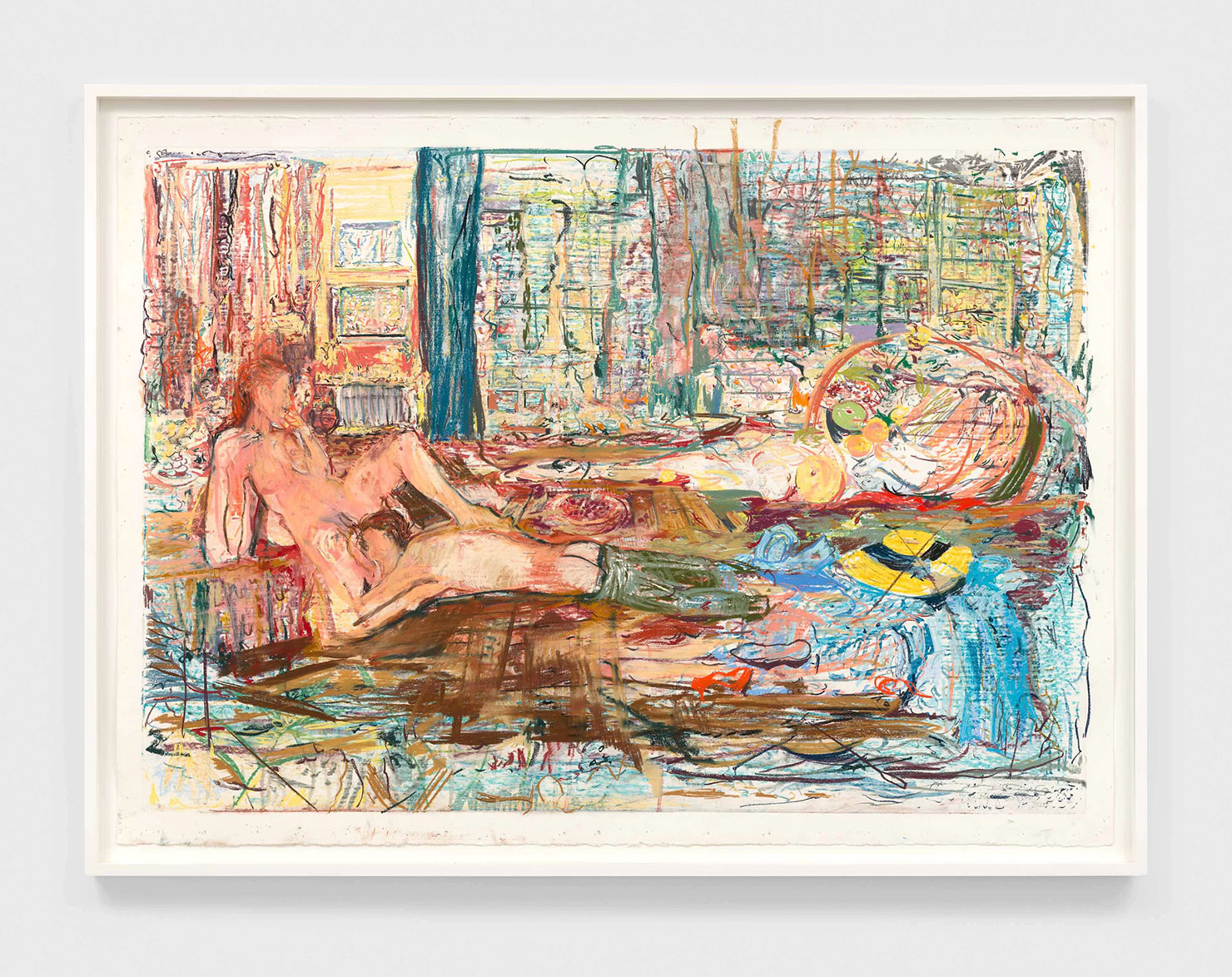
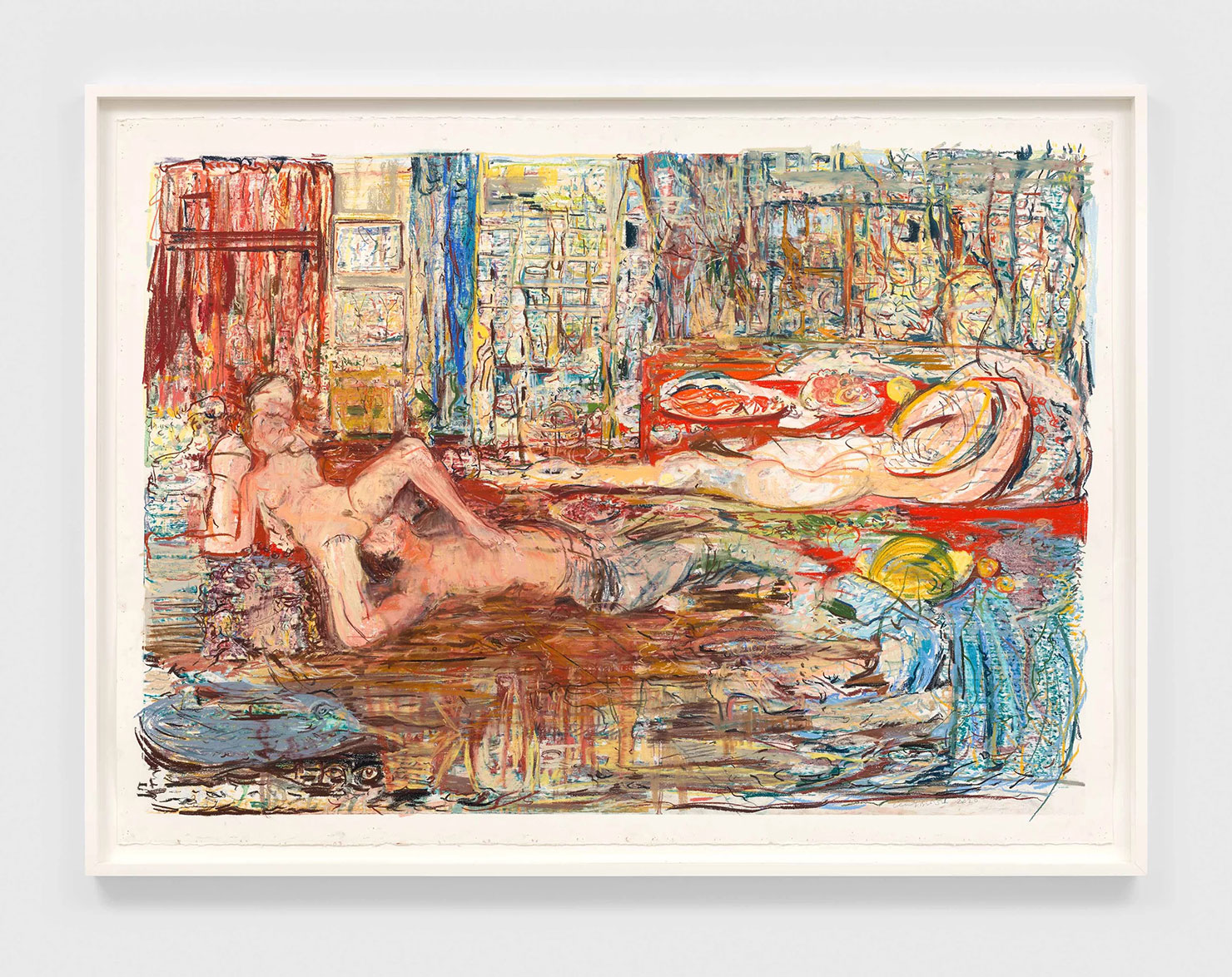

Right: Dana Schutz, Night Couple, 2021, Watercolor monotype with hand-painting in gouache, 49 3/4 x 39 1/2 inches (126.4 x 100.3 cm), Framed: 54 1/2 x 44 5/8 inches (138.4 x 113.3 cm), © Dana Schutz, Courteys the artist and David Zwirner Gallery

Right: Terry Winters, Portrait II/8, 2021, Monoprint with additions in pencil, crayon, and oil, 43 x 35 inches (109.2 x 88.9 cm), Framed: 46 7/8 x 38 3/4 inches (119.1 x 98.4 cm), © Terry Winters, Courteys the artist and David Zwirner Gallery
